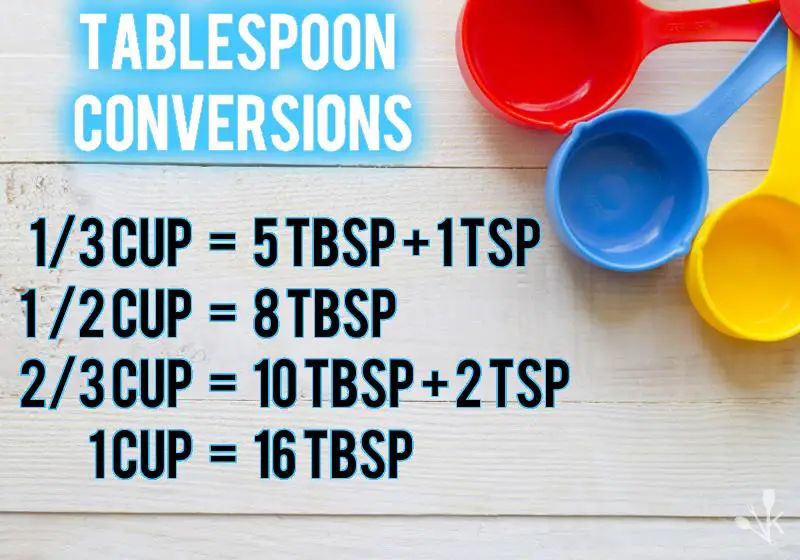
For years doctors have been touting the health benefits of having enough fiber in one’s diet. Fiber, also known popularly as roughage, consists of the parts of plant foods that the body can not digest. Though the body does not use fiber in the same way that it does other vitamins and nutrients, it still plays an important role in its functioning, particularly concerning the intestines. Knowing more about fiber, including how much is the right amount to eat and why, is important to maintaining good health.
Benefits of Fiber
There are many health benefits that come from having a steady supply of fiber in the diet. One of the more obvious ones is the prevention and relief of constipation, as fiber helps to move food through the intestinal tract. Fiber has also been shown to help lower the risk of certain health conditions, such as type 2 diabetes, heart disease and high blood pressure. This colon-cleansing food is believed to help alleviate symptoms of irritable bowel syndrome and lower the risk of developing hemorrhoids and other diseases of the colon.
Some use fiber as a component to a weight loss diet. High-fiber foods increase the feeling of being full as well as helping to remove fats from the digestive tract. Comparatively, foods filled with fiber have fewer calories in them for the same amount of nutrients, making them a healthier alternative.
Recommended Fiber Intake
The USDA general recommendations put the amount of fiber one should have at approximately 14 grams for every 1000 calories in a daily diet. Other sources put the numbers at a more fixed rate, suggesting around 38 grams for males under 50, 30 grams for males over 50, 25 grams for women under 50 and 21 grams for women over 50.
In general, it is fairly hard to have too much fiber in a diet. Negative effects from too much fiber consumption will only appear if one is changing from a low-fiber routine into a high-fiber one rapidly or the fiber is not accompanied by enough liquids. The high-end of fiber consumption, where one might begin to worry, is around 60 to 70 grams per day.
When increasing dietary fiber, one should pay particular attention to a few guidelines. It is best to work up to larger amounts of fiber slowly, increasing intake by about 5 daily grams every week or so. The bacteria in the digestive system will need time to adjust to the new levels if one wishes to prevent side effects. Also, water and other liquids are essential to a high-fiber diet. Fiber works by absorbing water and moving through the digestive system. Without enough water, the fiber becomes a hard lump and can cause complications.
Health Risks of Insufficient Fiber
Those who ignore their body’s fiber needs may find themselves experiencing discomfort or even increasing their risk of serious problems. Lack of fiber will promote likelihood of constipation, as elements in the intestines will not move through the body at a proper speed. Increased risk of colon cancer or diverticulitis may also result. Unhealthy bowels can lead to increased symptoms of irritable bowel syndrome as well.
Health Risks of Too Much Fiber
As long as one makes sure to follow the guidelines concerning increased fiber intake, these risks are minimal. Still, there are chances that some of them may develop regardless, though they most often pass quickly.
Too much fiber before the body is used to it can result in intestinal gas and abdominal bloating. This can also occur due to a very high intake of fiber all at once. The best course of action is to consume small amounts of fiber regularly throughout the day to allow the body to absorb it properly.
Cramping and other pain may occur if fiber is not accompanied by enough liquids. Constipation can be another result of insufficient water intake. Fiber needs water to form into a gel which passes through the system and without it will end up as a hard clump in the intestines which refuses to move. In particularly serious cases, this can cause an intestinal blockage that may require surgery to remove.
Diarrhea can be a problem if one consumes excessive amounts of water with fiber, as the gel compound becomes too thin. Too much fiber too quickly, and without other foods to balance it out, can result in nausea. Another problem is that high amounts may end up flushing vitamins and other nutrients from the intestinal tract before they have time to absorb properly.
High-Fiber Eating
There are plenty of high-fiber foods to be found, though the most well-known ones consist of whole-grains, fruits, vegetables, legumes, nuts and seeds. One should avoid canned or processed foods, as these frequently have significantly lower fiber content than their fresher alternatives. Supplements can also be used to increase intake, though then the fiber comes without the benefit of other nutrients, so it is best to eat high-fiber foods when possible.
More fiber in a diet is a great way to maintain a healthy body. As long as one remembers to accompany eating with liquids, the chances of having side effects are quite minimal. In the end, consumption of fiber-rich foods means getting more nutrients in general and an overall healthier lifestyle.



